|
THE
ROYAL GREEN JACKETS |
|
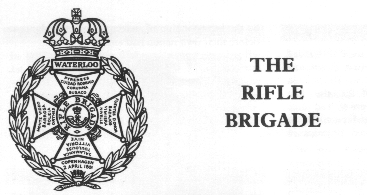
|
|
The
Experimental Corps of Riflemen
|
By
the end of the eighteenth century several European armies included light
infantry specialised in the roles of skirmishing and reconnaissance and
the British followed the formation of the 5th Battalion of the 6Oth Royal
Americans with the creation in 1800 of an Experimental Corps of Riflemen,
its members hand-picked from other regiments, dressed in green and armed
with the Baker rifle. Within four months of its first parade the new unit
led an assault landing at Ferrol and two months later it ceased to be
'experimental' and was gazetted under the new tide of The Rifle Corps. Its
first Colonel, Coote Manningham, was one of a handful of officers whose
thinking shaped the light infantry of the Army, while William Stewart as
commanding officer was ideally suited to putting theory into practice, as
well as being an original thinker in his own right.
|
|
Copenhagen
(1801)
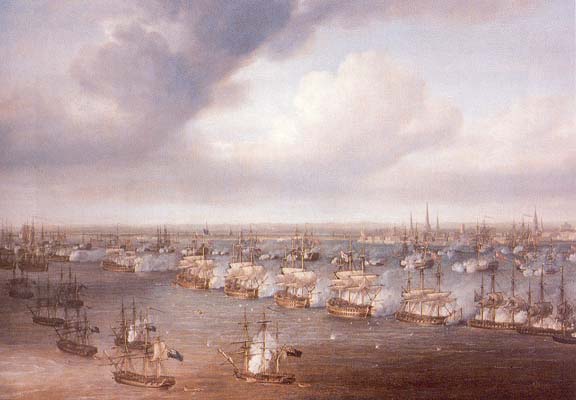
|
A
year after its formation a company of The Rifle Corps served aboard
Nelson's ships at the battle of Copenhagen, earning its first battle
honour and, later, a naval crown in its cap badge.
|
|
The
Light Brigade
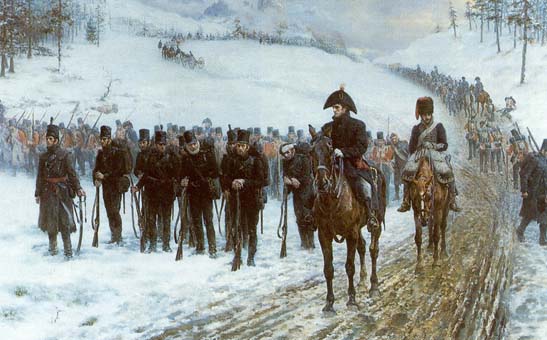
|
In
1803 the regiment, now renamed the 95th or Rifle Regiment, joined the 43rd
and 52nd to form the Light Brigade under command of Sir John Moore. But
this formation was never kept in being for more than a few years at a time
and, in 1807, the 95th, now two battalions strong, took pan in the
storming of Monte Video and a mismanaged attack on Buenos Aires. Later
that year, serving for the first time under Sir Arthur Wellesley, the
future Duke of Wellington, both battalions were once more brigaded with
the 43rd and 52nd for the siege of Copenhagen.
|
|
The
Peninsula War - The First Round (1808-09) |
On
the renewal of hostilities in the Peninsula the two battalions of the
95th, at first grouped with the 5/6Oth in a brigade of Riflemen, fired the
first shots of the campaign at Obidos. But shortly afterwards they were
reunited with their colleagues of the Light Brigade for Moore's advance
into Spain and provided the rearguard when the approach of afar larger
French army forced him to retreat to Corunna and Vigo.
|
|
The
Walcheren Expedition (1809) |
During
the summer of 1809 the 2nd Battalion of the 95th, together with those of
the 43rd and 52nd, took part in a fruitless expedition to the island of
Walcheren in the Low Countries. There were few battle casualties but heavy
losses from fever and their return to the Peninsula was delayed by along
period of recuperation and recruitment.
|
|
The
Peninsula War - Second Round (1809-14) |
The
1st Battalion 95th returned to the Peninsula in the summer of 1809 and
took part in the Light Brigade's famous forced march to Talavera. During
the next year further companies arrived piecemeal until three complete
battalions were engaged. Throughout the rest of the Peninsular War the
Light Brigade and later the Light Division was to make an outstanding
contribution to Wellington's victories. At Tarbes in 1814, the three
battalions of the 95th on their own dislodged and defeated a superior
French force deployed in successive ranks on a hillside. Sixteen Battle
Honours were earned by the regiment.
|
|
Waterloo
(1815) |
All
three battalions were represented at Waterloo, the 1st holding the
crossroads at la Haie Sainte all day and the 2nd and part of the 3rd in
Adam's brigade joined the famous charge of the 52nd which finally broke
the French Imperial Guard. The 2nd Battalion was chosen to lead
Wellington's army into Paris. |
|
The
Nineteenth Century
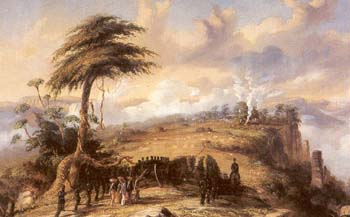
|
In
1816 the Rifles were 'taken out of the numbered regiments of the Line' and
retitled The Rifle Brigade. They saw no more active service for thirty
years, until they fought in South Africa in the Kaffir Wars of 1846-47 and
1852-53, against the Boers in 1848, in the Crimea, in the Indian Mutiny
and colonial campaigns in Ashantee, Afghanistan, Canada, Burma and Sudan,
including the Battle of Omdurman. |
|
The
Crimean War (1854-56)
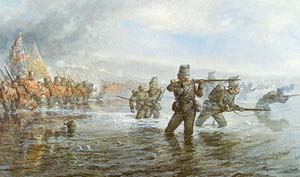
|
Two
battalions of The Rifle Brigade fought in the Crimea, one leading the
advance over the River Alma and both taking part in the hard-fought battle
of Inkerman and the long siege of Sebastopol, where they suffered severely
from the bitterly cold Russian winter. This campaign saw the first awards
of the Victoria Cross and the regiment earned eight of them, more than any
other regiment. |
|
The Indian
Mutiny (1857-59) |
The
Rifle Brigade was engaged at Cawnpore and the relief of Lucknow, as well
as in many smaller actions, and earned four more VCs to add to its tally
from the Crimea. A detachment marching to reinforce the Cawnpore force
covered forty-nine miles in twenty-six hours and another seventy-five
miles without rest after four months on a troopship, so emulating their
forebears at Talavera. In the fighting that followed the Riflemen captured
two long fourteen-pounder guns and dragged them with ropes to our own
lines -a distance of more than three miles. |
|
The
South African War (1899-1902) |
Like
the 60th, The Rifle Brigade had battalions in both the defence and relief
of Ladysmith and distinguished itself in numerous other actions. In
several sorties the Rifles showed themselves a match for the Boers at fire
and movement, and at Bergendal successfully attacked up 1500 yards of open
hillside to seize the crestline. A further two VCs were won, one of them
by Captain (later General Sir Walter) Congreve, whose son Major Billy
Congreve was to be awarded a posthumous VC in 1916. |
|
World
War I (1914-1918)
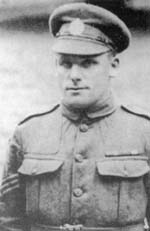
|
In
action from 25th August 1914, during the retreat from Mons, the 1st
Battalion held up three German Jaeger battalions and a cavalry brigade all
that day, giving such a display of rapid rifle fire that the enemy mistook
it for machine guns. Then, as operations ground to a halt and trench
warfare took over, more and more infantry were needed until by 1916 eleven
Rifle Brigade battalions were in France and Flanders and one in Salonika.
A further ten battalions of affiliated Territorial Regiments served"
mostly on the Western Front but also in Gallipoli, the Middle East and
India. After four years of fighting in atrocious conditions, facing
concentrated artillery and machine gun fire as well as poison gas and
flame-throwers, the war was won, but at tremendous cost. The regiment lost
11,575 dead. Ten VCs were won as well as 1743 other decorations for
bravery. |
|
World
War II (1939-45)

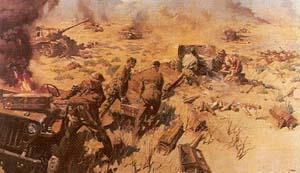
|
The
Rifle Brigade joined the 6Oth in 1937 in forming the first motor
battalions, regaining a specialised role fitting their traditions of speed
and initiative. One of these was sacrificed at Calais in 1940, but not
before the three Rifle battalions had significantly delayed the German
panzer divisions advancing to interfere with the British Expeditionary
Force's evacuation through Dunkirk. Thereafter battalions fought with
distinction in North Africa, including the celebrated 'Snipe' action at El
Alamein, where 2nd Rifle Brigade destroyed some fifty one enemy tanks in
sixteen hours and Lieutenant Colonel Turner was awarded the VC. Four
battalions of the regiment fought in Italy, the 1st returning to England
in December 1943 to prepare for the invasion of North-West Europe. The
other three were formed into 61st Infantry Brigade, but continued their
accustomed role of co-operating with armour when conditions allowed. Their
brilliant capture of the hills of Perugia involved four successive night
attacks. The 1st and 8th Battalions landed in Normandy in June 1944 and
fought their way through France, Belgium and Holland to end the war in the
vicinity of Hamburg. |
|
The
Post-War Years
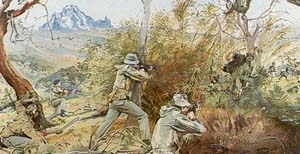
|
In
1948, after nearly 150 years of service, the 2nd Battalion was disbanded.
In 1953 the 1st Battalion reverted to a normal infantry role to serve in
Kenya and Malaya and, having changed its title to 3rd Green Jackets in
1958, in Borneo. |








